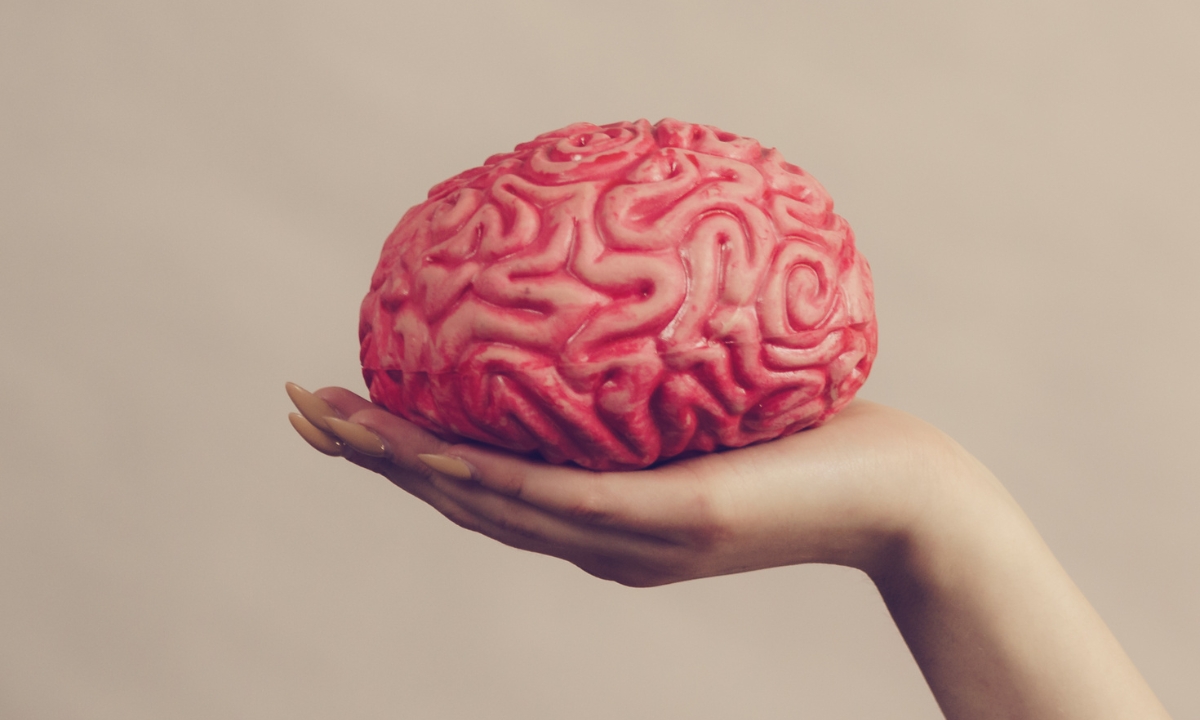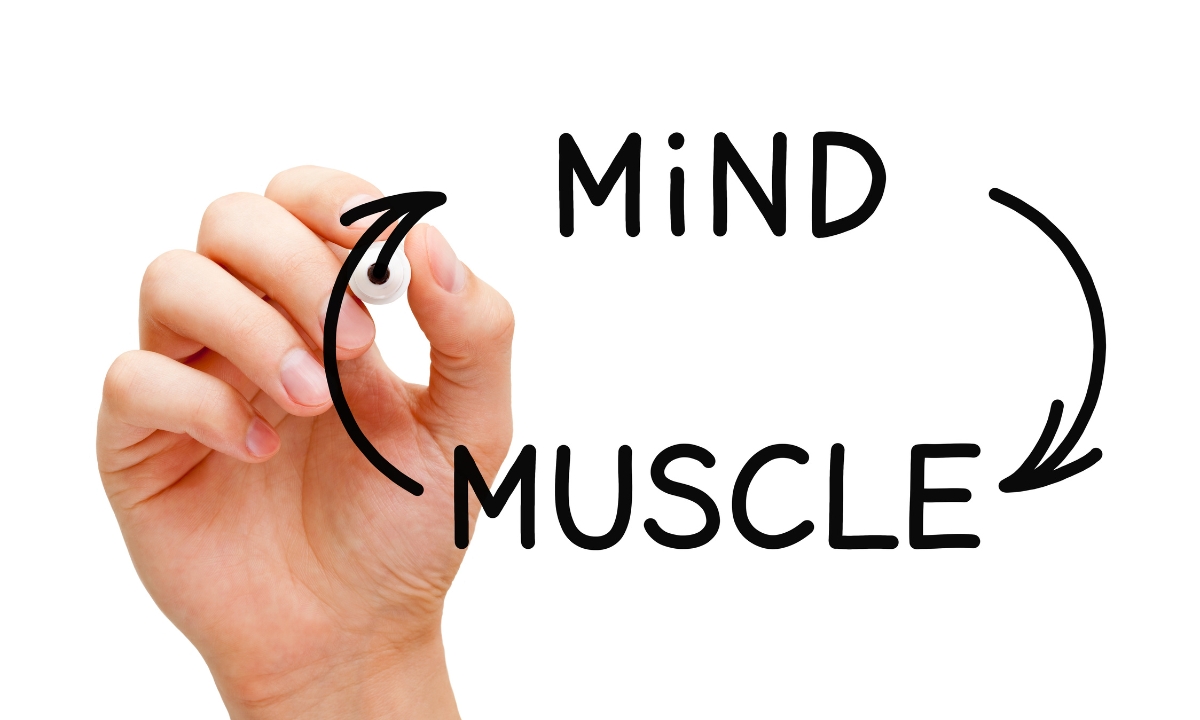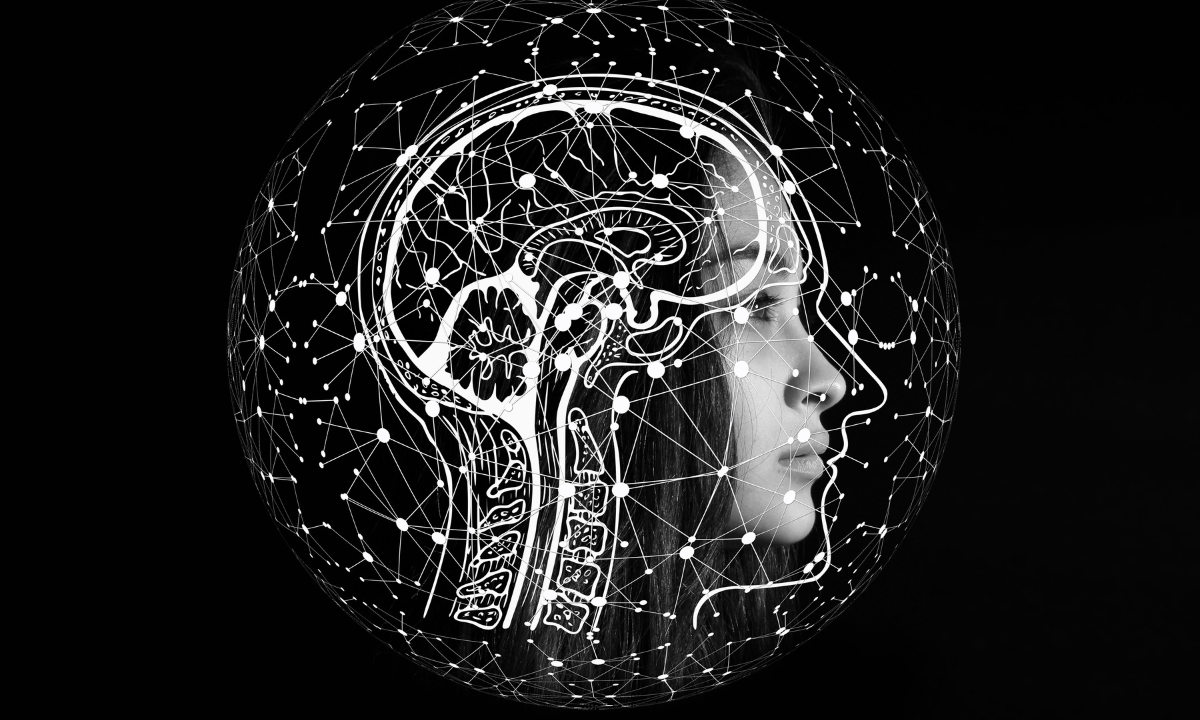“The mind and body communicate constantly. What you think can impact how you feel, and how you feel can influence your thoughts.” – Anonymous
In the realm of pain management and soft tissue therapy, it’s easy to focus solely on the physical aspects of discomfort. We often target the source of pain with massages, stretches, and various treatments aimed at the body’s muscles and tissues. However, emerging research suggests that our brains play a fundamental role in how we perceive and experience pain. Understanding this intricate relationship between the brain and pain can be transformative in achieving lasting relief and embracing a life of greater wellness.
Chronic pain is a complex issue that can significantly impact your daily life. While the source of pain might seem localized in your muscles, joints, or tissues, the solution often lies deeper, within the intricate workings of the brain. At Pain and Performance Solutions, we believe in a holistic approach to healing, and understanding the mind-body connection is crucial to achieving long-term pain relief.

The Brain-Pain Connection
The brain serves as the central command center for processing pain signals. When we experience an injury or discomfort, specialized nerves known as nociceptors send signals to the brain, alerting it to potential danger. In response, the brain assesses the information it receives and determines the appropriate action, which may include signaling the body to release pain-relieving chemicals or initiating protective responses such as muscle tension.
However, pain perception is not solely determined by the extent of tissue damage or the intensity of the stimulus. Instead, it is influenced by a myriad of factors, including our emotions, beliefs, past experiences, and even our environment. Here’s how your brain can influence pain:
- Memories and Emotions: Past experiences of pain can leave a lasting imprint on the brain. Fear, anxiety, and stress can all lower your pain tolerance and make you more sensitive to discomfort.
- Thoughts and Beliefs
: Your thoughts and beliefs surrounding pain can significantly impact your experience. Negative thoughts about pain can exacerbate discomfort, while positive coping mechanisms and self-efficacy (belief in your ability to manage pain) can promote resilience. - Attention and Focus: Where you focus your attention can significantly influence pain perception. Focusing on pain can amplify it, whereas distraction techniques can shift your focus and reduce its intensity.
The Role of Perception
Perception plays a crucial role in how we experience pain. Research has shown that individuals who perceive their pain as threatening or uncontrollable are more likely to experience heightened levels of discomfort. Conversely, those who adopt a positive outlook and feel a sense of control over their pain often report lower levels of distress and better pain management outcomes.
One fascinating aspect of pain perception is the phenomenon of placebo effects. Studies have demonstrated that simply believing that a treatment will be effective can lead to measurable improvements in pain relief, even when the treatment itself is inert. This underscores the powerful influence of our beliefs and expectations on our subjective experience of pain.
As an article from Harvard Medical School notes,
“’The placebo effect is more than positive thinking — believing a treatment or procedure will work. It’s about creating a stronger connection between the brain and body and how they work together,’ says Professor Ted Kaptchuk of Harvard-affiliated Beth Israel Deaconess Medical Center, whose research focuses on the placebo effect.
Placebos won’t lower your cholesterol or shrink a tumor. Instead, placebos work on symptoms modulated by the brain, like the perception of pain. ‘Placebos may make you feel better, but they will not cure you,” says Kaptchuk.’”
Harnessing the Power of the Brain
Given the significant influence of the brain on pain perception, leveraging strategies to modulate brain activity can be highly effective in managing chronic pain and promoting overall well-being. Mind-body connection techniques such as meditation, deep breathing, and mindfulness have been shown to reduce pain intensity and improve coping mechanisms by promoting relaxation and enhancing emotional regulation.
Cognitive-behavioral therapy (CBT) is another valuable tool in pain management, focusing on identifying and reframing maladaptive thought patterns and behaviors that contribute to pain-related distress.
An article from the American Psychological Association (APA) has noted that,
“Numerous research studies suggest that CBT leads to significant improvement in functioning and quality of life. In many studies, CBT has been demonstrated to be as effective as, or more effective than, other forms of psychological therapy or psychiatric medications.”
By challenging negative beliefs and adopting more adaptive coping strategies, individuals can gain a greater sense of control over their pain and reclaim their quality of life.
Furthermore, integrating holistic approaches that address both the physical and psychological aspects of pain can yield synergistic benefits. Soft tissue therapies such as massage, myofascial release, and acupuncture not only target muscular tension and dysfunction but also stimulate the release of endorphins and promote relaxation, thereby modulating pain perception at both the peripheral and central levels.

Chronic Pain: When the Brain Gets Stuck in “Pain Mode”
In chronic pain conditions, the brain’s pain processing pathways can become overly sensitized. This means even minor stimuli can trigger a disproportionate pain response. Imagine your brain’s pain volume knob being turned up too high. Additionally, chronic stress and negative emotions can further amplify this “pain mode,” creating a vicious cycle that perpetuates discomfort.
Soft Tissue Therapy: More Than Just Massage
Soft tissue therapy techniques, a cornerstone of our approach at Pain and Performance Solutions, goes beyond simply relaxing muscles. It addresses the mind-body connection in several ways:
- Physical Benefits: Techniques like massage, myofascial release, and trigger point therapy can directly address physical factors contributing to pain, such as muscle tension, adhesions, and inflammation. By improving soft tissue health, we reduce pain generators and promote healing.
- Improved Nervous System Regulation: Soft tissue therapy techniques stimulate the nervous system, promoting relaxation and reducing the body’s stress response. This can help break the cycle of stress-induced pain amplification.
- Pain Neuromodulation: Soft tissue therapy can stimulate the release of endorphins, the body’s natural pain-relieving chemicals. This can create a temporary analgesic effect and promote pain relief.
- Enhanced Sense of Control: Through treatment and education, we empower you to understand the mind-body connection in pain and participate actively in your healing process. This sense of control can boost your confidence and promote a positive mindset, which can further improve your pain tolerance.
Beyond the Treatment Room: Tools for Managing Pain Between Sessions
While soft tissue therapy sessions play a crucial role, true pain management extends beyond the treatment room. Here are some practices you can incorporate at home to enhance the benefits of soft tissue therapy and promote long-term pain relief:
- Mindfulness and Meditation: Techniques like mindfulness meditation can help you become more aware of your thoughts and feelings surrounding pain. By learning to observe and detach from negative thoughts, you can better manage your pain experience.
- Relaxation Techniques: Practices like deep breathing, progressive muscle relaxation, and yoga can help reduce stress and promote relaxation, both of which can significantly impact your pain perception.
- Healthy Sleep Habits: Adequate sleep is crucial for overall health and well-being, and it can also significantly impact your pain experience. Aim for 7-8 hours of quality sleep each night.
- Movement and Exercise: Regular exercise can improve your mood, reduce stress, and promote pain relief. Low-impact exercises like walking, swimming, or yoga can be particularly beneficial.
Pain and Performance Solutions: Embracing a Comprehensive Approach
Achieving lasting relief from pain requires a holistic understanding of its multifaceted nature. While addressing physical imbalances and tissue dysfunction is essential, it is equally crucial to recognize the central role that the brain plays in shaping our experience of pain.
By cultivating a mindset of resilience, adopting adaptive coping strategies, and integrating mind-body practices into our daily lives, we can harness the power of the brain to promote pain-free living and embark on a journey towards greater health and vitality.
We are committed to providing personalized care that addresses the root causes of pain while empowering our clients to take an active role in their healing journey.

Schedule a Consultation Today
If you’re struggling with chronic pain, we encourage you to schedule a consultation at Pain and Performance Solutions. During your initial evaluation, we’ll discuss your pain history, perform a physical assessment, and explore the mind-body connection and its factors factors that might be contributing to your discomfort. Together, we can develop a personalized treatment plan designed to address both the physical and neurological aspects of your pain, empowering you to take charge of your health and live a life free from pain.
Don’t wait any longer. Contact us today and take the first step towards a pain-free future!
